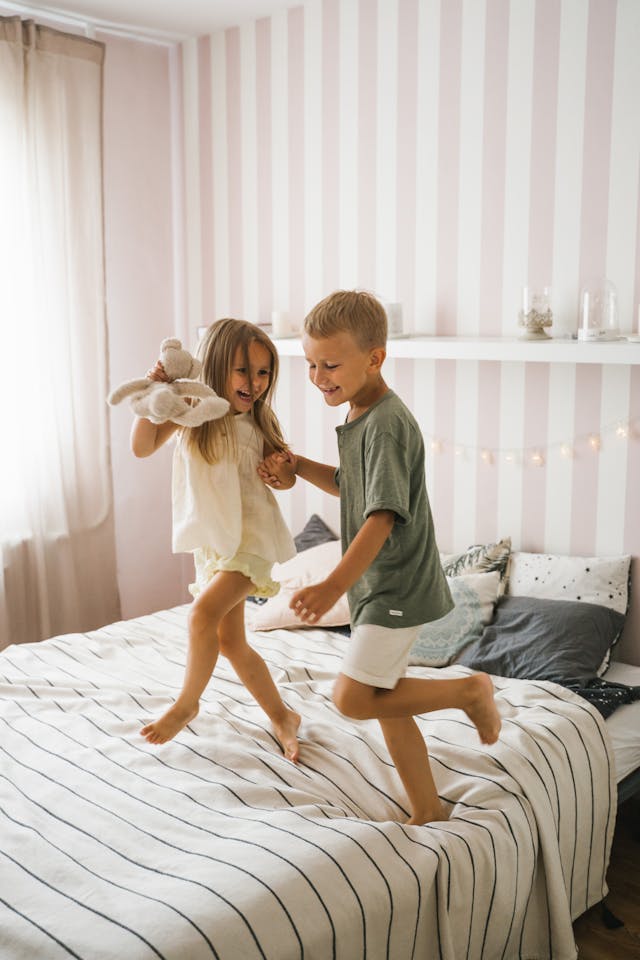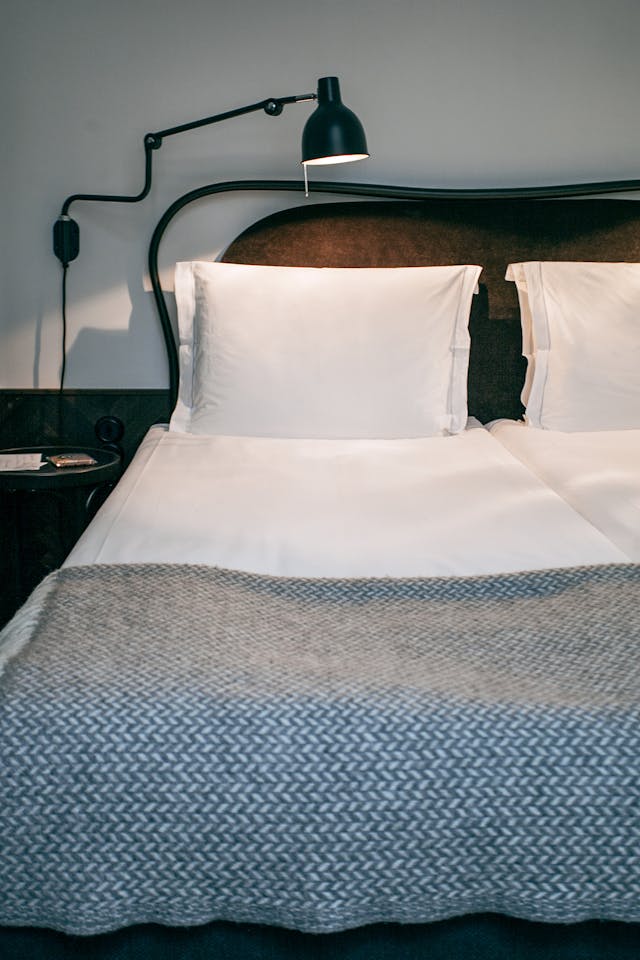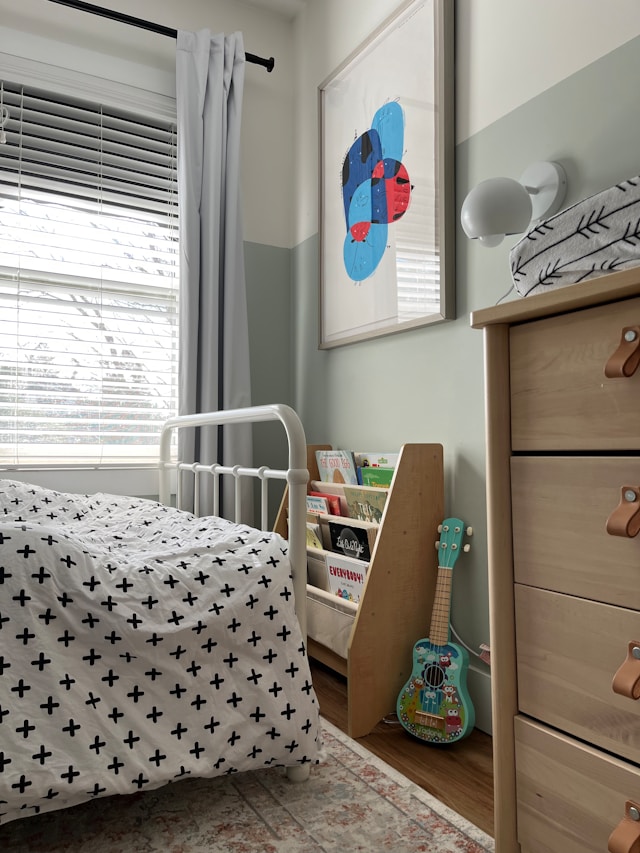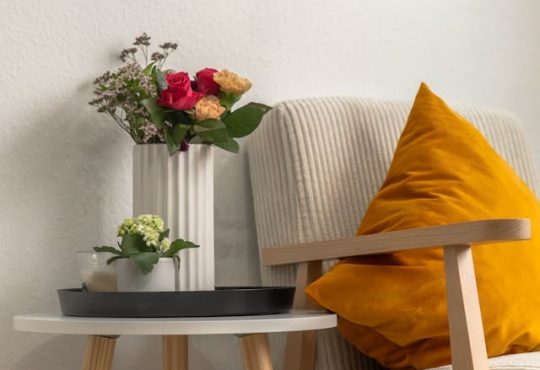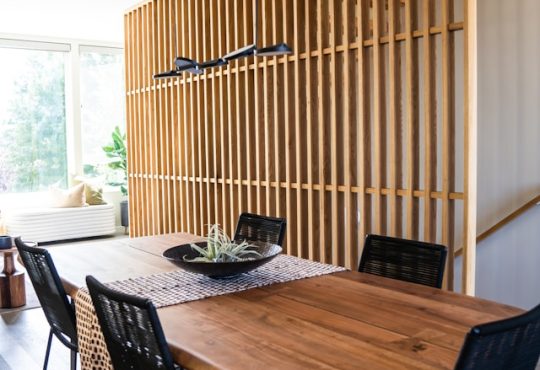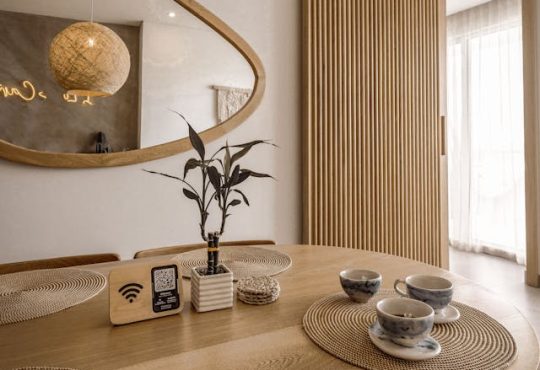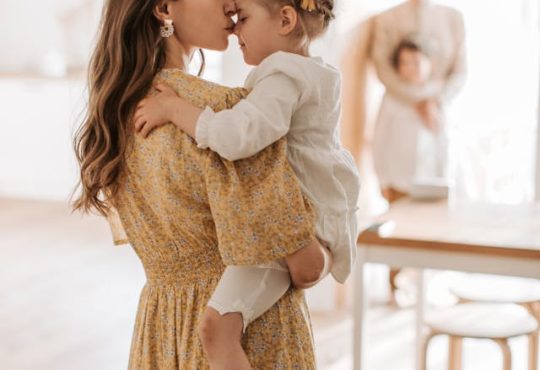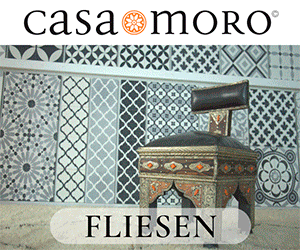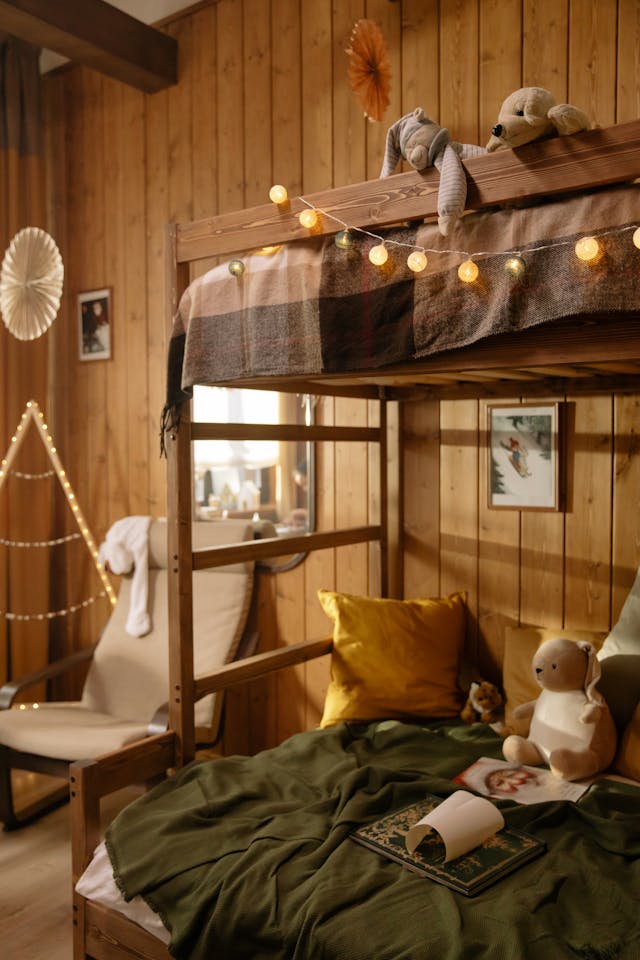
Shared Bedroom Ideas For Kids
Designing a shared bedroom for your children might be a practical necessity but it can also be a delightful opportunity to create a retreat that encourages bonding and personal growth.
Many families face space challenges, especially in urban areas, but innovative solutions can help make the most of limited room. Multifunctional furniture and designs often cater to both shared activities and individual needs, ensuring that each child feels a sense of ownership and comfort in their shared environment.
Maximise space with bunk beds
Make the most of the space you have by choosing bunk beds for kids that also add an element of fun. Opting for bunk beds frees up valuable floor space and many designs offer additional features such as built-in storage drawers or trundle beds for sleepovers.
You should make sure the bed is sturdy and that both the frame and mattress meet safety standards, with guardrails and a secure ladder, especially for younger children. Positioning the bunk bed against a wall can maximise open space and create a cosy nook for your children.
Create personalised zones
Even within a shared room, it’s essential for each child to have their own personal space. This can be achieved by designating specific areas, either by placing their beds at opposite ends of the room or using furniture to create subtle divisions.
You might also want to incorporate individual shelving units or pegboards where each child can display their favourite items, artwork or books. Personalised bedding and wall stickers allows each child to express their unique personality.
Implement smart storage solutions
Clutter can quickly become an issue in shared bedrooms, so effective storage is crucial. Utilise under-bed storage boxes for items like clothing or toys that aren’t used daily. Wall-mounted shelves and hooks can keep essentials within reach without taking up floor space.
Consider multi-functional furniture, such as benches that open up to reveal storage or desks with built-in drawers, while labelled bins can make it easier for children to keep their belongings organised.
It’s also a good idea to declutter regularly and recycle any unused items such as toys and games that are no longer needed.
Choose neutral colours
A neutral colour palette is a versatile backdrop that can grow with your children and adapt to changing tastes. Shades like soft greys, creams and beiges create a calming atmosphere and make the room feel more spacious.
Children can have fun bringing the room to life with colourful accessories such as cushions, rugs or artwork, which are easier and more cost-effective to update as their preferences evolve. Neutral walls also provide a serene canvas that balances the vibrant energy often associated with children’s spaces.
Incorporate flexible lighting options
Lighting should cater to various activities from homework to bedtime reading. Install adjustable wall-mounted reading lights by each bed to provide focused illumination without disturbing the other child. A central overhead light with a dimmer switch offers flexibility, allowing you to adjust the brightness to suit different times of day and activities.
Alternatively, you might to consider incorporating fun elements like string lights or themed lamps to add a touch of whimsy and warmth to the room. Finally, remember to enlist the help of a professional electrician when installing any new lighting in the home.

